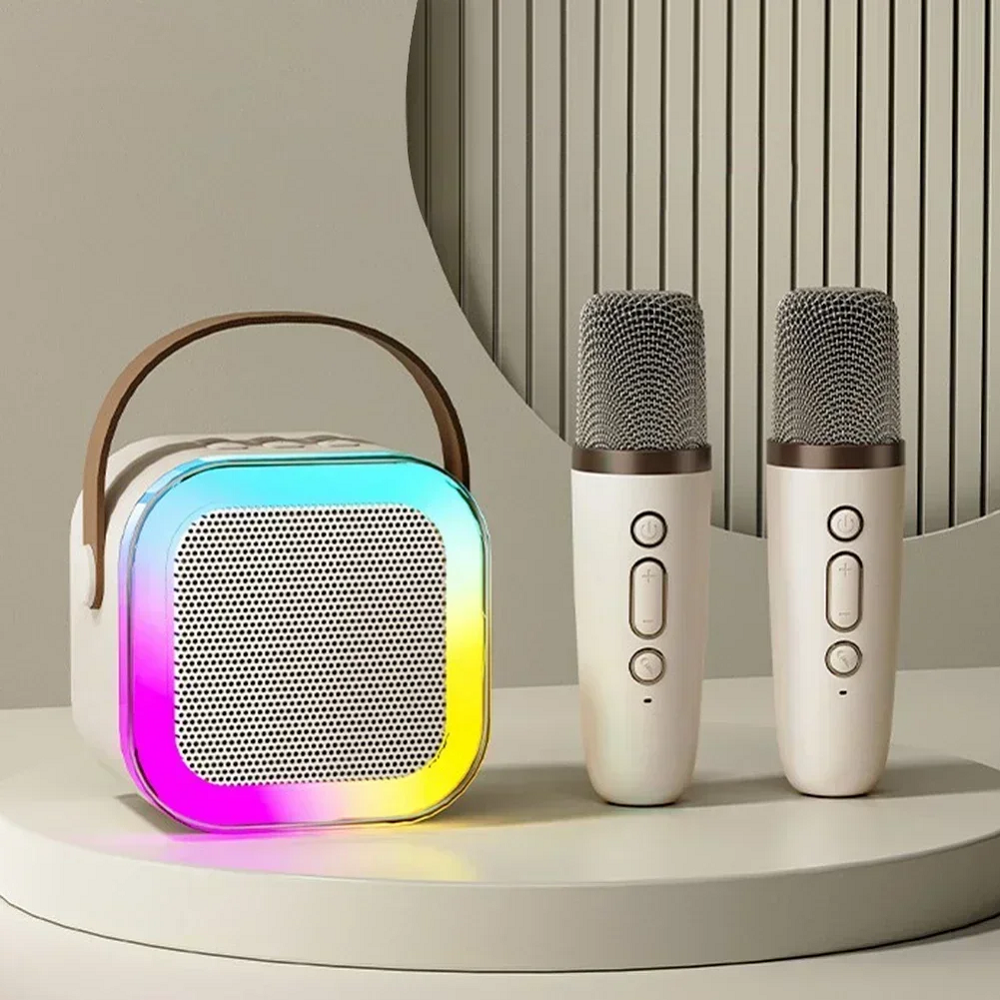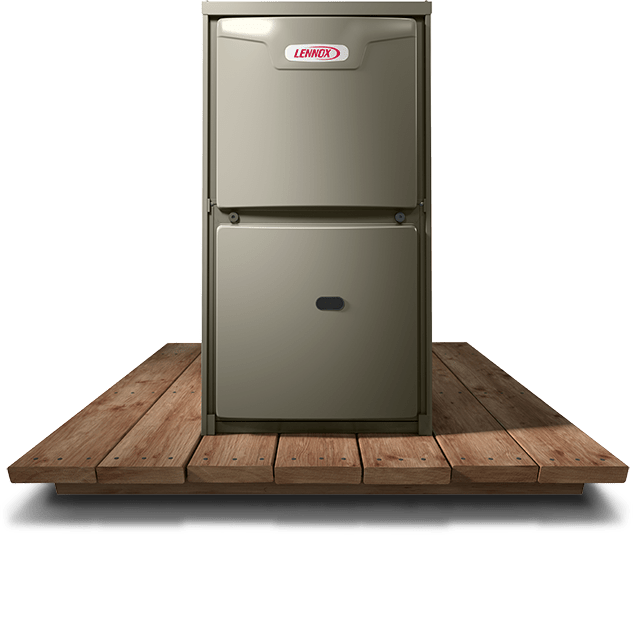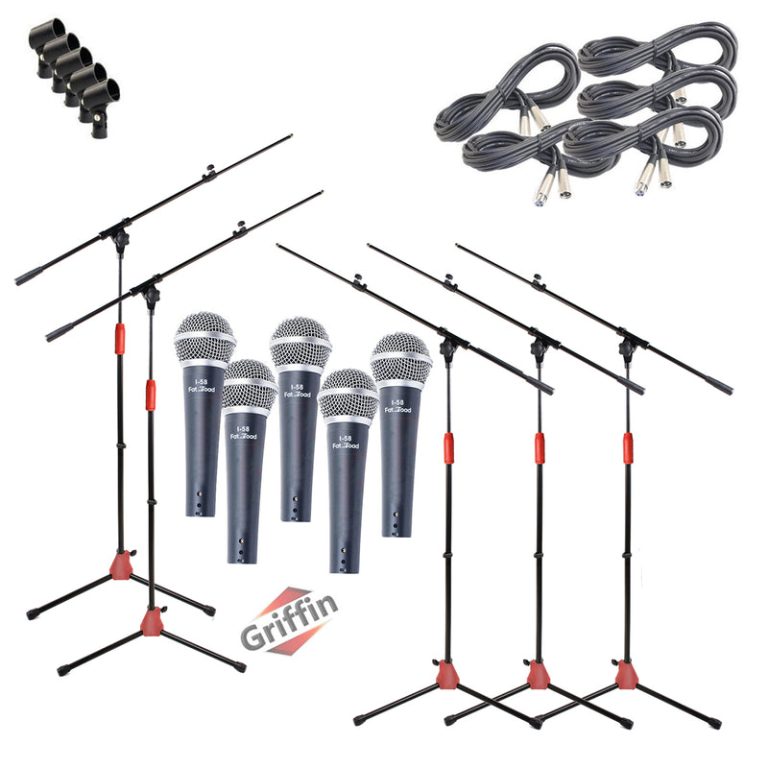Creating a home studio that optimally combines microphone speaker can significantly enhance your recording and mixing quality. The right combinations not only improve sound clarity but also ensure that you capture the essence of your audio projects. Whether you’re a musician, podcaster, or content creator, selecting the best microphone and speaker setup is crucial for achieving professional results. This guide will explore some of the best microphone-speaker combinations, focusing on their features, applications, and what makes them a great fit for your home studio.
Dynamic Microphones and Studio Monitors
Choosing Dynamic Microphones
Dynamic microphones are excellent choices for recording vocals and instruments in a home studio setting. They’re known for their durability, affordability, and ability to handle high sound pressure levels without distortion. Popular models like the Shure SM58 and the Audio-Technica ATR2100x are well-regarded for their reliability and sound quality.
Dynamic microphones are ideal for untreated rooms where background noise can be a concern. They are directional and pick up sound primarily from the front, helping to isolate the desired sound source. This helps keep unwanted noise at bay, ensuring clean recordings.
Pairing with Studio Monitors
To complete this setup, consider pairing your dynamic microphones with good studio monitors like the KRK Rokit series or Yamaha HS series. These monitors offer a flat frequency response, allowing you to hear exactly what you’re recording or mixing. This transparency helps you make precise adjustments, ensuring your final product sounds as good as it can.
Using a dynamic microphone and studio monitors creates a solid foundation for a home studio. You’ll find that this combination excels in recording vocals and live instruments, making it versatile for various projects, from solo performances to full-band recordings.
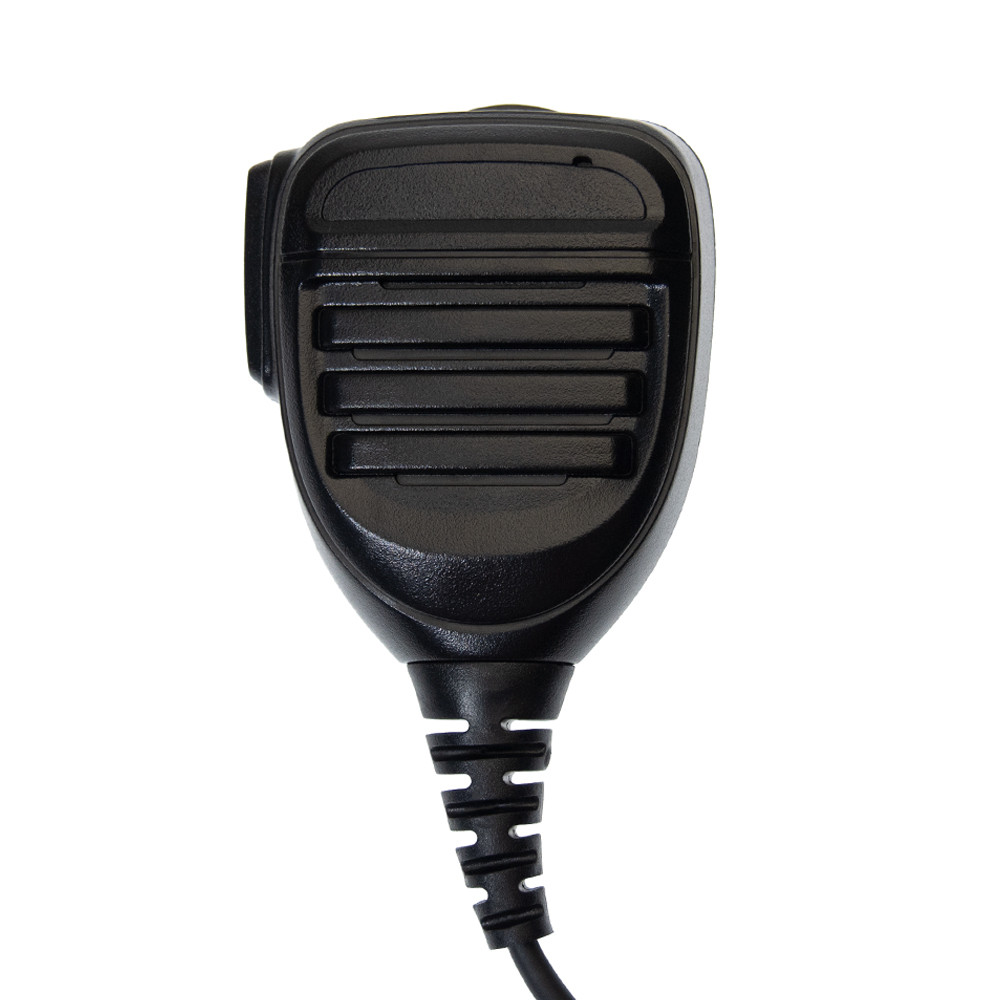
Condenser Microphones and Active Speakers
The Strength of Condenser Microphones
If you’re after clarity and detail in your recordings, condenser microphones are an excellent option. Models like the Audio-Technica AT2020 or the Rode NT1 provide a wide frequency response and nuance that captures the intricacies of your voice or instruments. These microphones excel in studio settings, where subtlety and fidelity are paramount.
Condenser microphones are particularly well-suited for vocal recording, as they can pick up the nuances of vocal performances. This sensitivity allows for a richer sound that showcases all the tonal qualities of the voice, making them a top choice for singers and voice actors.
Matching with Active Speakers
For monitoring, active speakers like the JBL 305P MkII or the KRK Rokit 5 G4 complement condenser microphones beautifully. Active speakers have built-in amplifiers, making them more convenient and more responsive to audio input. Their designed frequency ranges allow you to hear accurate low and high tones without coloration.
This combination is highly effective for professional recordings, podcasts, and content creation. The superior detail captured by condenser microphones pairs well with the accuracy of active speakers, allowing you to make informed mixing decisions.
USB Microphones and Nearfield Monitors
Benefits of USB Microphones
USB microphones, such as the Blue Yeti or Audio-Technica AT2020USB+, offer unparalleled convenience for home studios. These microphones are easy to set up and require no additional audio interface, making them ideal for beginners or those working in smaller setups. USB mics often come with built-in preamps and can directly connect to your computer, allowing for straightforward recording processes.
Perfect for podcasting, streaming, and voiceovers, USB microphones can capture high-quality audio without the need for additional equipment. Their versatility and ease of use make them a fantastic option for those starting or needing an efficient recording solution.
Ideal Nearfield Monitors
To complement USB microphones, consider using nearfield monitors like the KRK Rokit 7 G4 or the Adam Audio T5V. These monitors are designed for close listening and provide an accurate representation of your audio, which is crucial when working on vocals and dialogue.
Nearfield monitors produce a balanced sound at a short distance, minimizing room reflections. This allows you to focus on the fine details of your recordings, making them especially useful for voice-based projects and music production. The combination of USB microphones with nearfield monitors ensures you can produce high-quality audio effortlessly.
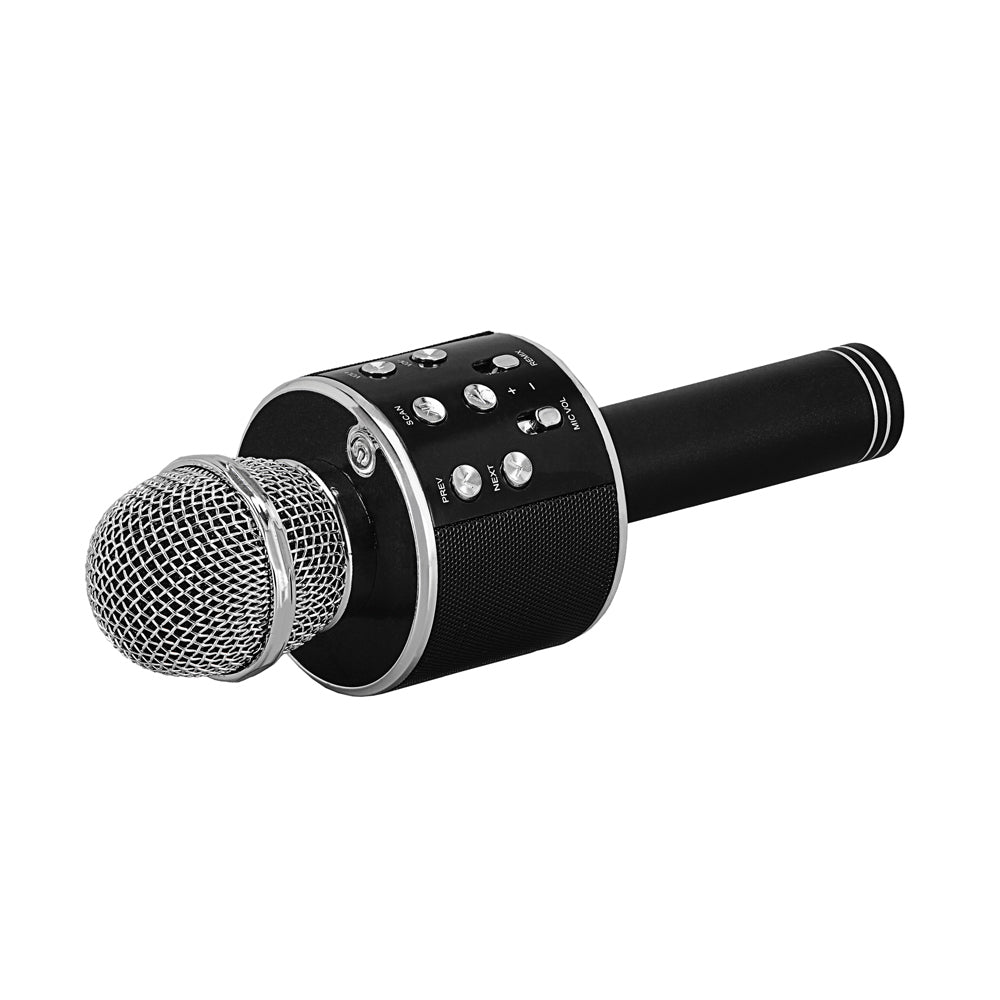
Ribbon Microphones and Vintage Speakers
Unique Qualities of Ribbon Microphones
For those looking to add warmth and character to their recordings, ribbon microphones like the Royer R-121 or AEA R84 are outstanding choices. Ribbon mics are known for their smooth frequency response and natural sound reproduction. They excel at capturing the essence of acoustic instruments and vocals, particularly in studio environments.
Ribbon microphones shine in applications where you want to capture a “vintage” feel. They create a lush sound that complements musical styles ranging from jazz to classical. However, they tend to be more delicate than dynamic or condenser microphones, so handle them with care.
Pairing with Vintage Speakers
To enhance the warm characteristics of ribbon microphones, consider pairing them with vintage-inspired speakers like the Klipsch Heritage series or Tannoy Revolution series. These speakers are designed to reproduce a rich, warm sound that complements the natural characteristics of ribbon mics.
The combination of ribbon microphones and vintage speakers creates a unique sound palette that stands out in any mix. This pairing is perfect for musicians or producers looking to capture authentic acoustic performances or explore nostalgic soundscapes.
Lavalier Microphones and Monitors
Versatility of Lavalier Microphones
Lavalier microphones, also known as lapel mics, provide an excellent solution for film and video production. Models like the Rode SmartLav+ or Sennheiser ME 2 are compact and can be clipped onto clothing, making them ideal for interviews, documentaries, and presentations.
These microphones are designed for hands-free operation and typically offer good sound quality in a discreet package. Their omnidirectional nature captures sound from multiple angles, allowing for flexibility during recordings.
Integrating with Monitors
When working with lavalier microphones, pair them with monitors such as the Mackie CR series or the PreSonus Eris series. These monitors offer a good blend of quality and cost-effectiveness, making them suitable for monitoring dialogue in various setups.
Combining lavalier microphones with quality monitors ensures that you can accurately monitor spoken word recordings. Whether recording podcasts or shooting videos, this combination provides efficiency and clarity, crucial for achieving professional results.
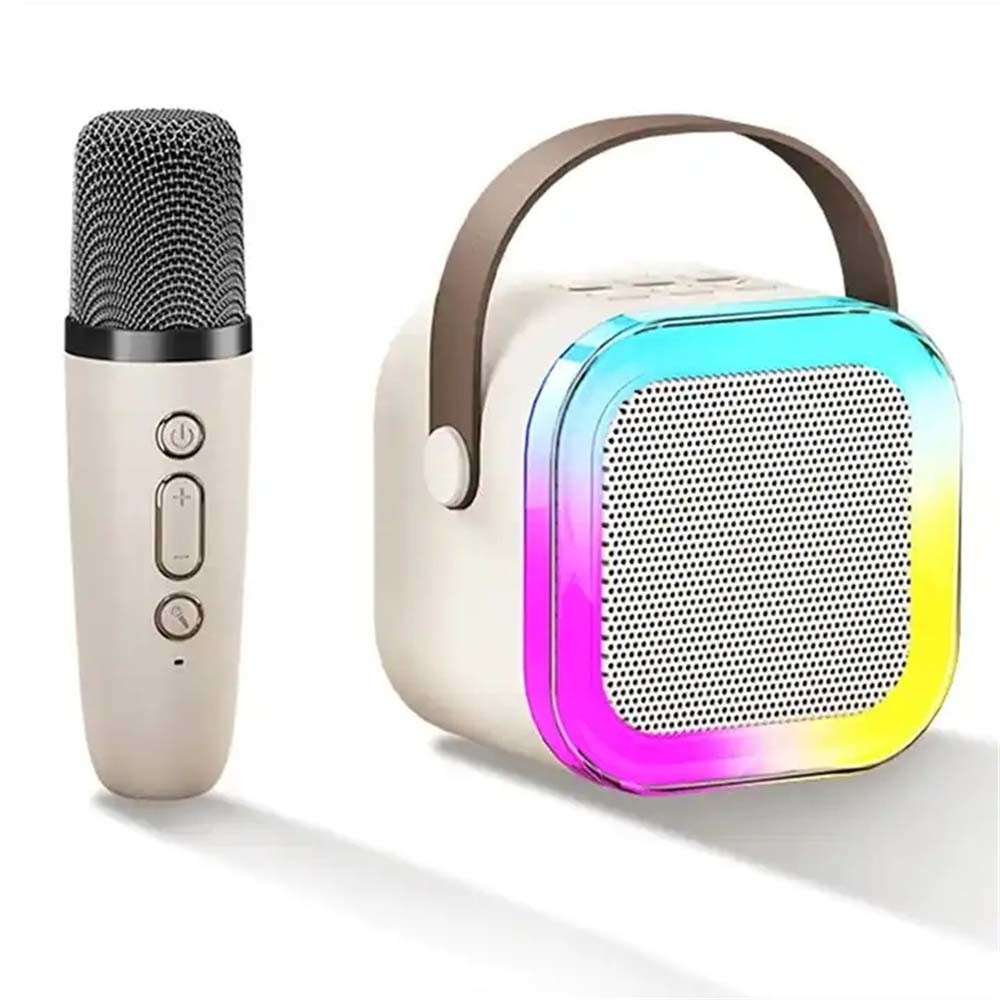
Shotgun Microphones and Surround Speakers
Advantages of Shotgun Microphones
Shotgun microphones, such as the Rode NTG series or Sennheiser MKE 600, specialize in capturing sound from specific directions. Their highly directional pickup pattern helps isolate desired audio sources while minimizing background noise, making them exceptional for filmmaking and location audio.
Shotgun mics are great for capturing dialogue in noisy environments. When you need to ensure clear audio from a distance, this type of microphone offers the precision you need for professional-quality sound.
Pairing with Surround Speakers
To elevate your audio setup, consider using surround sound speakers like the JBL 5.1 configuration or the Bose Lifestyle system. These speakers enhance the depth and immersion of your audio projects, providing an exceptional listening experience.
Combining shotgun microphones with surround speakers creates a cohesive sound environment that immerses the listener. Whether you’re working on film soundtracks or creating multi-channel audio projects, this setup allows you to capture and reproduce sound with depth and clarity.
Tips for Optimizing Your Setup
Positioning and Acoustic Treatment
Regardless of which microphone and speaker combination you choose, positioning plays a crucial role in sound quality. Invest in proper stands and mounts for your microphones and arrange your speakers for optimal sound production. Typically, speakers should form an equilateral triangle with your listening position to ensure balanced sound.
Consider acoustic treatment for your home studio. Using sound-absorbing panels, diffusers, or bass traps can significantly reduce unwanted reflections and enhance recording quality. These measures create a controlled environment, allowing your microphone-speaker combinations to function at their best.
Regular Maintenance and Upgrades
Lastly, regularly maintain your equipment to ensure consistent performance. Check cables, connections, and mounts for wear and tear, replacing or upgrading as needed. Additionally, periodically assess your setup based on evolving needs. Your initial choices may lag behind technological advancements, so keep an eye on emerging products that could potentially improve your workflow.
The Right Pairing for Every Studio
Choosing the best microphone and speaker combinations for your home studio can dramatically impact the quality of your recordings. Whether you opt for dynamic mics with studio monitors, condenser mics with active speakers, or any other combination discussed, understanding each setup’s strengths will help you tailor your space to suit your specific needs.
By considering factors such as application, recording environment, and personal preferences, you can create a highly functional home studio. Ultimately, investing time and resources into the right equipment ensures that your content shines through, elevating your audio projects to professional standards. Embrace the journey of exploring your sound, and make your home studio the creative oasis you envision!
